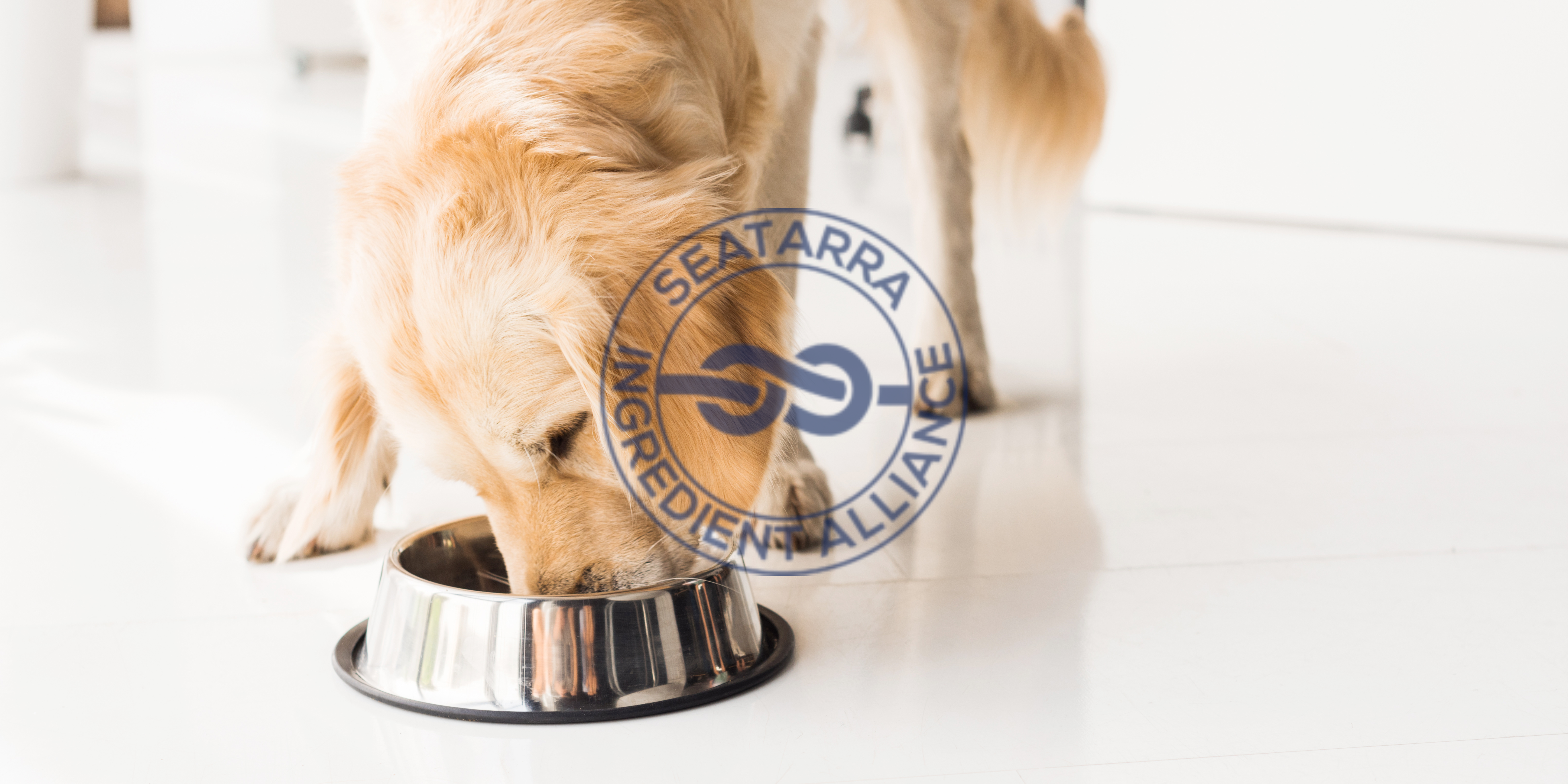
From Farm to Pet Bowl: Tracing the Origin of Quality Ingredients
In a world inundated with options, making the right choices for our pets can be overwhelming. Yet, as stories emerge of low-grade pet foods causing health issues or even, tragically, early demises, the need to scrutinize becomes paramount. Just as the farm-to-table movement reshaped human consumption patterns, it’s time for pet owners to consider the journey of every ingredient that goes into their pets’ bowls.
The Paradigm Shift: From Generic to Organic Pet Nutrition
Historically, pet food was about convenience. Dry kibbles and canned foods reigned supreme. However, as society became increasingly conscious of clean, organic eating, these values began trickling into the realm of pet nutrition.
- Wellness Wave: The past few decades have witnessed an uptick in health and wellness awareness among people. This consciousness is extending to pets, considering them as family members deserving the same quality nutrition.
- Transparency Demand: Recent scandals involving tainted pet food imports have made transparency not just a preference but a requirement. Pet parents now demand to know where their pet food ingredients are sourced from.
Embarking on the Quality Ingredient Journey
Taking the example of organic chicken as a pet food staple, let’s delve deeper into its voyage from farm to bowl:
- Ethical Rearing: The initial stage is at organic farms, where chickens roam free, bask in natural sunlight, and aren’t confined to cramped cages. This ethical rearing contributes to healthier poultry, devoid of stress-induced hormones.
- Nutrient-Rich Feed: On these farms, chickens aren’t fed the standard commercial feed, often laden with chemicals. Instead, they consume organic, nutrient-rich feed, ensuring that the meat is of the highest quality.
- Humane Harvesting: Ethical considerations also extend to the harvesting process. The birds are treated humanely, ensuring minimal stress.
- Rigorous Inspection: Post-harvest, every chicken undergoes a meticulous inspection. This step ensures that the meat entering the production line is free from diseases or contaminants.
- Processing and Preservation: In certified facilities, the chicken is processed and stored. Emphasis is placed on retaining nutritional integrity while ensuring the meat remains fresh and uncontaminated.
- Formulation and Blending: Nutritionists and veterinarians often collaborate to formulate pet foods. Organic chicken is combined with other wholesome ingredients, such as grains, vegetables, and essential fatty acids, ensuring a balanced diet.
- Quality Packaging: The final product is securely sealed in containers designed to prevent contamination and ensure prolonged freshness. Whether it’s vacuum-sealed bags or BPA-free cans, the packaging plays a pivotal role.
- Distribution with Care: The journey concludes with the distribution of this pet food to retail outlets, direct consumers, or specialized pet food stores. Cold chains and swift delivery methods ensure the product remains fresh upon arrival.
The Certification Safety Net
In the pet food industry, certifications act as trust markers. They offer assurance to pet parents:
- Organic Certification: This certifies that the ingredient was grown without harmful pesticides, synthetic fertilizers, or GMOs.
- Cruelty-Free Badge: This ensures no animal was unduly harmed or subjected to cruel testing procedures during the product’s creation.
- Sustainable Farming Seal: An assurance that the farming practices were environmentally friendly and sustainable.
The Tangible Benefits of Quality Ingredients
The advantages of quality ingredients in pet food are manifold:
- Vitality and Vigor: Pets exude more energy, have shinier coats, clearer eyes, and improved overall vitality.
- Digestive Health: Premium ingredients ensure smoother digestion and fewer gastrointestinal issues.
- Disease Prevention: Quality nutrition boosts immunity, potentially warding off various ailments.
- Behavioral Benefits: A balanced diet can lead to improved temperament, reduced anxiety, and better trainability.
The Road Ahead: Future of Quality Pet Nutrition
The trajectory of pet nutrition is clear. As technology advances:
- Blockchain in Pet Nutrition: Just as blockchain technology is revolutionizing supply chain transparency in various sectors, expect it to make headway into pet food. This will allow pet parents to trace every ingredient’s journey in real-time.
- Customized Nutritional Plans: Leveraging AI and data analytics, brands might offer personalized diet plans based on a pet’s age, breed, health history, and genetic makeup.
- Eco-conscious Packaging: As sustainability remains a global concern, anticipate a shift towards biodegradable or recyclable pet food packaging.
Concluding Thoughts
The journey from farm to pet bowl is a testament to society’s evolving consciousness. As we strive for quality in every facet of our lives, ensuring our pets enjoy the same standard becomes an inherent responsibility. In understanding this journey, we not only secure our pets’ health but also strengthen the bond of trust and love that ties us to these loyal companions.



